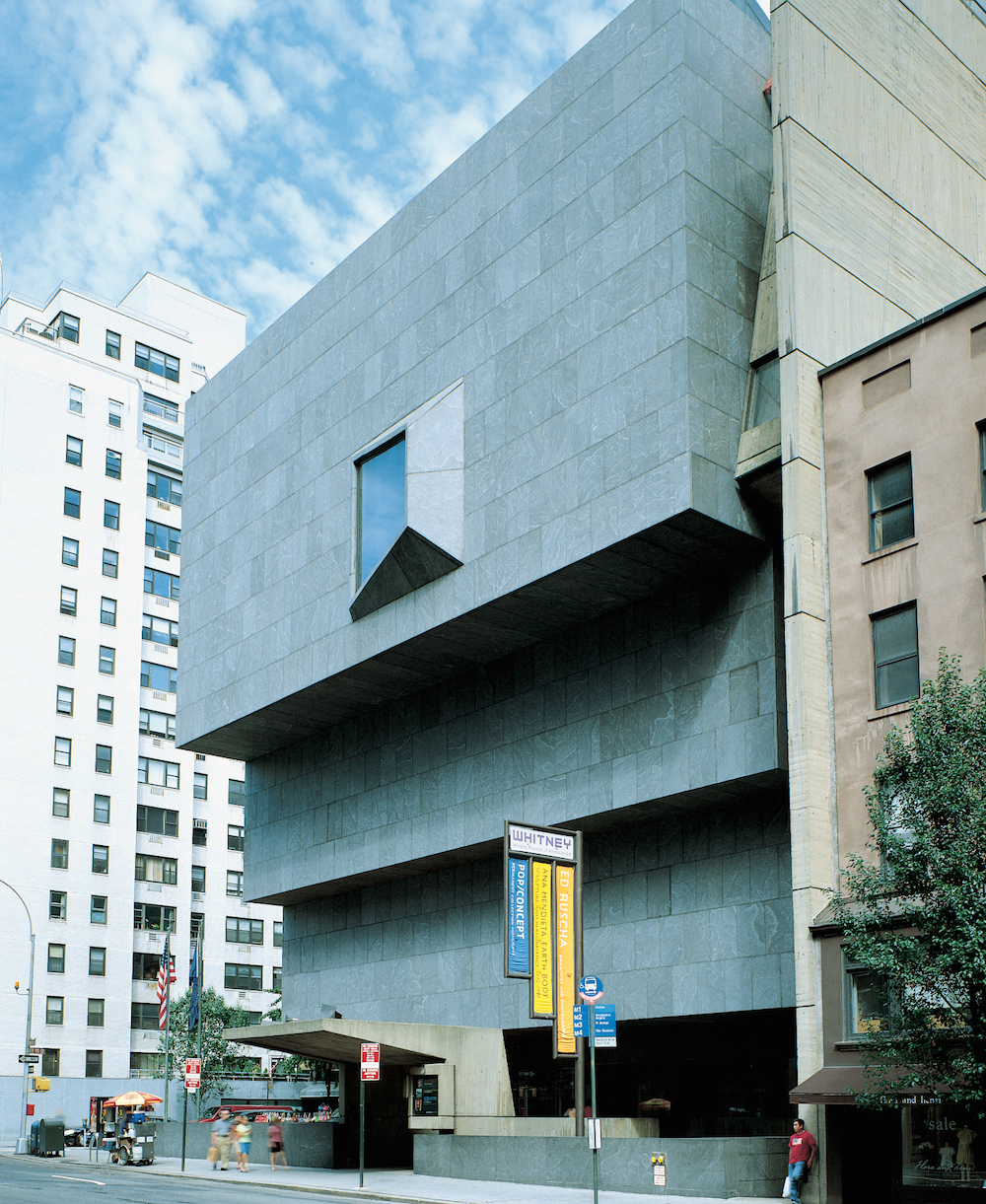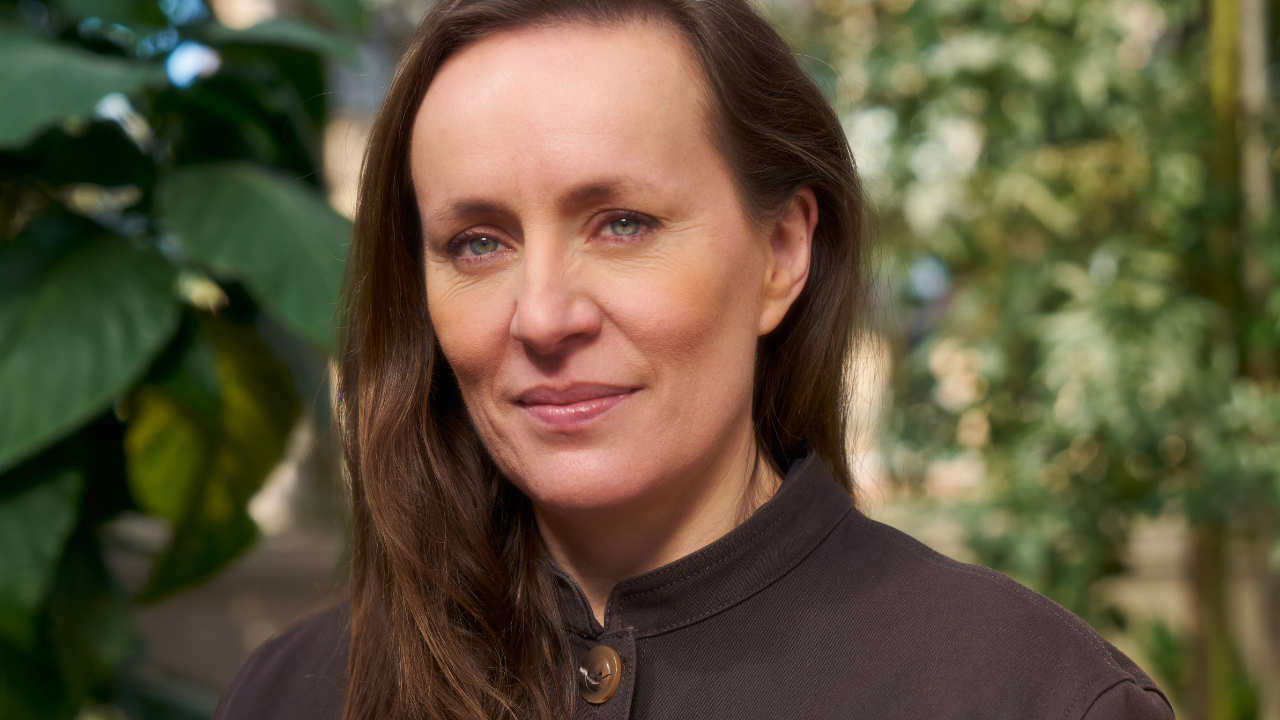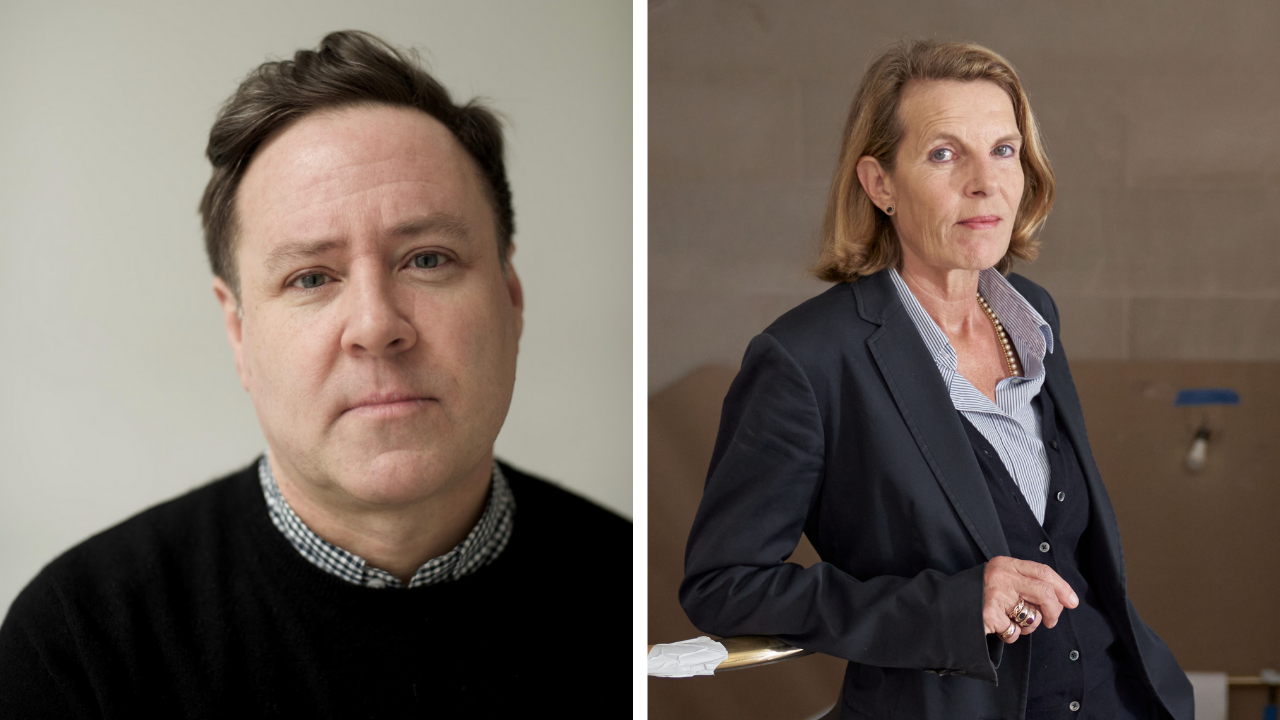Whitney Biennial 2010
Francesco Bonami speaks to Dan Fox about New York’s famous biennial in its 75th year
Francesco Bonami speaks to Dan Fox about New York’s famous biennial in its 75th year

Simply titled '2010', the Whitney Biennial is curated by Francesco Bonami and Gary Carrion-Murayari. Bonami talked to Dan Fox, about 'American-ness' - and how, for the first time, the show will include more women artists than men.
Dan Fox What attracted you to the idea of curating the 2010 Whitney Biennial?
Francesco Bonami Well, that they asked me! I moved here 27 years ago, and to do the Whitney, although smaller than Venice, is still a challenge. There is a certain fascination, part of the dream of an immigrant: you do what is considered a big deal in the place where you arrive.
DF Has curating the Whitney been more enjoyable than curating Venice?
FB I very much enjoyed curating Venice, but it’s like Fitzcarraldo [Werner Herzog’s 1982 film]. There’s all this hubris and heroism involved in trying to drag across the mountain this huge thing that is the Venice Biennale. Here, the Whitney is a much more subtle, more sophisticated kind of show.

DF Your exhibition ‘Italics: Italian Art between Tradition and Revolution, 1968–2008’ just opened at the Museum of Contemporary Art, Chicago, having toured from the Palazzo Grassi in Venice, where it caused some controversy. Do you think your Whitney will be controversial?
FB No, because everything in Italy is a mish-mash of politics; so whatever you do, you upset someone. It’s never just for the good of doing something. With the Whitney Biennial the criticality is constrained; it’s only a big deal for the art world.
DF When it was announced that you were to co-curate the show [with Gary Carrion-Murayari] it was mentioned that you are intrigued by the concept of ‘American-ness’. Can you expand on this?
FB I don’t think ‘American-ness’ has much to do with anything nationalistic, despite what people think. I think it’s more a way of digesting things. There are some artists in the show – ten or 12 – who were not born in America, but most of them have digested the culture in a particular American way that was relevant. And there are other artists who live here, but maintain their own character as ‘guests’. So, perhaps being ‘American’ is when you are not a guest here any longer but when you are some kind of permanent feature. For example, you could say that Willem de Kooning was more American than Marcel Duchamp, in a way.
DF Do you think this idea of ‘American-ness’ has changed since the election of Barack Obama? Has the financial crisis affected it?
FB I think it has been like a thunder-storm. It breaks, the rain pours – Obama was the downpour – and people feel relieved. I think a lot of artists have withdrawn into the intimacy of their own environment. The economic situation changed something, but I think that change was already in the air, before the crash made it so evident. You don’t find so much big production work now, for instance, and I would say here in New York there’s a ‘post-waterfall syndrome’ [referring to Olafur Eliasson’s New York City Waterfalls, 2008]: $15 million spent for three broken pipes that didn’t resemble a waterfall at all. That’s one reason why people aren’t interested in these kinds of enterprises.
DF In travelling around the US whilst researching the Biennial, were there any recurring themes or concerns that you noticed amongst artists?
FB There is something that I call ‘self-Modernism’; artists who experiment in order to try and invent a more intimate form of modernity. You see a lot of abstraction, a lot of minimal gestures, performance – a lot with the body. That’s the tendency, I feel. There’s not so much political art.

DF So, a turn inwards?
FB Yes, looking within yourself and, in doing so, hoping to find a tool for making a bigger change outside, rather than using political activism.
DF Although at the time of going to press, the official list of artists to be included in the exhibition has still not been announced, how about the statistics? What’s the age range and gender balance like, for instance?
FB Artists in the Biennial will range from 23 to 75 years old, and I can tell you that for the first time in its history there will be more women than men. We didn’t do it on purpose.
DF Is the 2010 Biennial going to be bigger or smaller than in 2008?
FB Smaller – around 56 artists. The last one had 90 artists, the one before that had 102; I think this is going to be the second smallest edition in the history of the Biennial.
DF The 2008 Biennial expanded from the Whitney into the Drill Hall and historic rooms at the nearby Park Avenue Armory. Do you have any plans to take the Biennial off-site and beyond the museum’s walls?
FB No, we’re just focused on the museum. Maybe – just maybe – there’ll be some kind of intervention on the new site where the second Whitney Museum [designed by Renzo Piano] will be built, in Manhattan’s Meatpacking District, but we’re still working on it. We’re going to use the museum’s collection, because we’d like to be able to talk about the gallery’s past and future. We’re using the fifth floor of the museum [where works from the collection are displayed], to show only those artists that have been included in the Biennial since 1932 [the year that the Whitney was inaugurated as an annual exhibition]. We’d like to curate the collection as a Biennial, and the Biennial as an ideal collection. At least that’s what we’re trying to do! The show will be arranged in layers, like a cake. On the fifth floor is the collection, where there will also be an intervention from an artist in the Biennial; the fourth floor will have more installation, and some historical works; the third floor will be just film and video; and the second floor will be more suburban.

DF What do you mean by ‘suburban’?
FB More related to ‘American-ness’. And then we’ll have the lobby gallery and sculpture court for special projects and performance. The exhibition will have a good equilibrium between painting, sculpture, video and installation.
DF Do you see the use of works from the collection relating to this idea of ‘American-ness’? When the Biennial first began, it was at a time when American artists were trying to move out of the shadow of European art.
FB I think that ‘American-ness’ is a way of telling stories, in a way that’s different to being European. These artists tell stories about themselves, which has the capacity to be universal, but certainly isn’t parochial.
DF How has your collaboration with the Whitney’s Gary Carrion-Murayari worked?
FB It’s been great to work with Gary, who is exactly half my age. When I was first invited to do the Biennial, they asked if I wanted to work with someone in the Whitney, and I said I wanted to work with Gary, who worked with me on the Rudolf Stingel show I did there. My initial rule was that, OK, it’s being co-curated, but I am the head curator and I have the final say. However, in the end, that was just a rule to be broken. I put that clause there because when you co-curate there is inevitably a moment when you clash, but we never disagreed. Gary has a fresh mind, and sees things that I don’t see, so it is 100 percent co-curated.
DF What is the exhibition’s title?
FB Simply the year: ‘2010’. We wanted to find a title that nobody could dispute, and no artist could ask: ‘What the hell can I do with that?’!
Francesco Bonami is the artistic director of the Fondazione Sandretto Re Rebaudengo, Turin, the Fondazione Pitti Discovery, Florence, and the Centro di Arte Contemporanea Villa Manin. He was Director of the 50th Venice Biennale in 2003. From 1999 to 2008, Bonami was the Manilow Senior Curator-at-Large at the Museum of Contemporary Art, Chicago, USA























